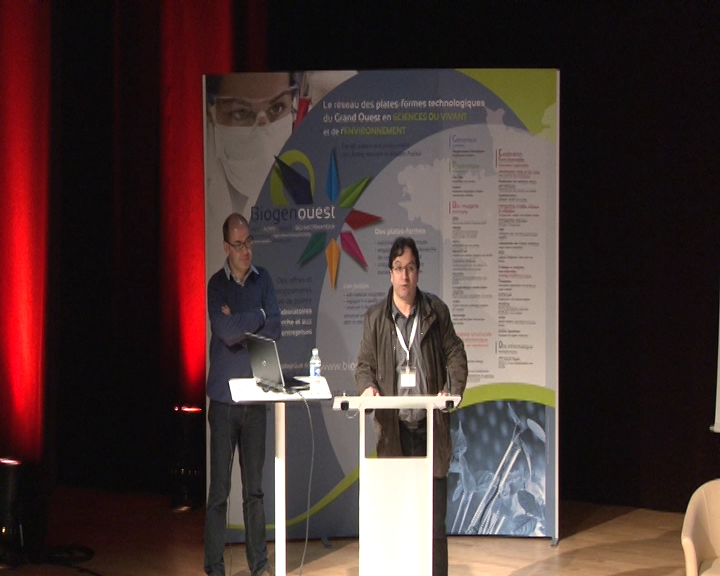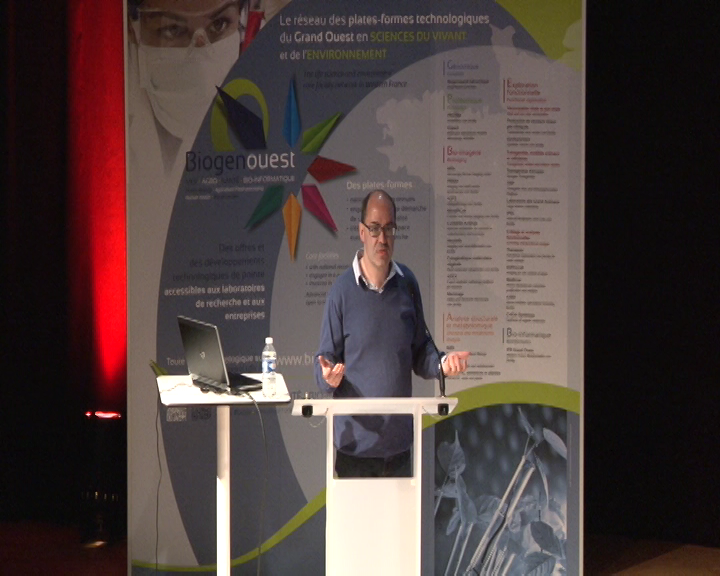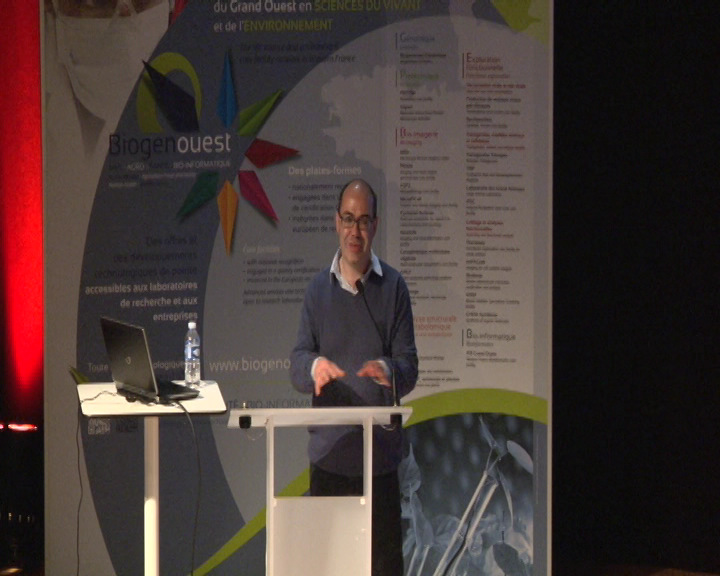Abstract:
Seaweeds dominate the primary production of coastal environments. This large biomass is mainly constituted
by polysaccharides. But marine algal polysaccharides display a huge chemical diversity and greatly differ in composition and structure from their terrestrial counterparts. Several algal polysaccharides (e.g. agars, carrageenans, alginates...) are already widely used in various industries. To develop novel, high-value products from algal biomass, there is an urgent need for specific enzymes modifying the structure and thus the biological
and/or physicochemical properties of these biopolymers.
The most promising sources of such enzymes are marine heterotrophic bacteria which use seaweeds as a source
of nutrients. Our group is developing Zobellia galactanivorans as a model marine bacterium for studying the bioconversion of algal polysaccharides. The sequencing of the genome of Z. galactanivorans has confirmed its huge capacity for polysaccharide utilization, with the presence of 141 glycoside hydrolases and 72 sulfatases. We have already started to exploit these genomic data. Using phylogenetic and comparative genomic approaches, we have also discovered novel families of enzymes involved in the degradation of algal polysaccharides In depth structural and biochemical analyses of these new polysaccharidases have revealed that Z. galactinovorans
possesses a complex systems to deconstruct the cell wall of brown and red algae.
Altogether, these works have
enlightened the richness of marine bacteria as sources of original enzymes and the necessity to combine genomic
and classical biochemical approaches to discover these enzymatic tools needed for the valorization of algal biomass.



